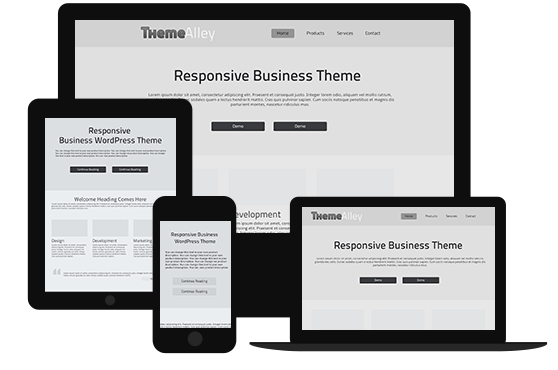Augmented reality is a new digital phenomenon that changes the environment around you into a digital interface. It places virtual objects in the real world and in real-time. Therefore, it provides the power of learning and technology together.
Nowadays, you can experience augmented reality through a wide variety of activities. This is because AR aims to simplify human’s lives by combining virtual information to surroundings view of real environment. The usage of AR is limited for Mobile. Although, it also works on some desktop browsers but it doesn’t produce the same experience as a smartphone did. That is why this area is mostly developed by mobile apps developers.
In general, there are 3 main categories of augmented reality (AR) that you can distinguish:
Augmented Reality 3D viewers
This type of AR allows users to locate life-size 3D models in your environment with or without the use of trackers. Trackers are better known as simple images that 3D models can be applied to in Augmented Reality.
Augmented Reality Browsers
This AR’s type will enhance your camera display with contextual information. Hence, you can display any history or estimated value of one building only by pointing your smartphone at it.
Augmented Reality for Gaming
The last and maybe the most popular way to experience Augmented Reality is through gaming. Have you ever heard or played Pokémon? This game utilizes your actual surroundings and has become very popular because of it.
All of these 3 categories have been applied to many fields of lives. Hence, in this article, we would like to broaden your knowledge about the implementation of AR. Below are some of the good examples of AR that you can learn for:
Augmented Car Finder
If you often forget where you park your car, augmented car finder can be a good idea for you. Augmented Car Finder will help you identify location of your vehicle in a maze of parking lots. The apps will show a marker where your car is parked; it also shows the distance between you and your car’s location. Moreover, it will guide you to reach your car area.
Layar
With Layar, you can connect digital content with the real world. There are many more advantages that you can get through Layar. For instance, magazines come alive with videos right on the page, easily buy items with direct mobile shopping links, connect with links to web content and share items on social media, and browse and view thousands of Geo Layers to find stuff nearby, like ATMs, restaurants, historical locations.
EyeDecide AR app
AR implementations are also developed in healthcare industry. One of them is EyeDecide AR app. EyeDecide AR app is created to provide patient-engagement tools for healthcare providers. Developers can use the camera to simulate the vision of a patient. Here are some basic features of this app:
- Leverage interactive anatomical models to enhance patient understanding.
- Effectively educate patients by comparing normal and abnormal images and using 3D animation videos of most common conditions.
- Improve patient and surgical retention by helping patients make more informed decision about the care.



